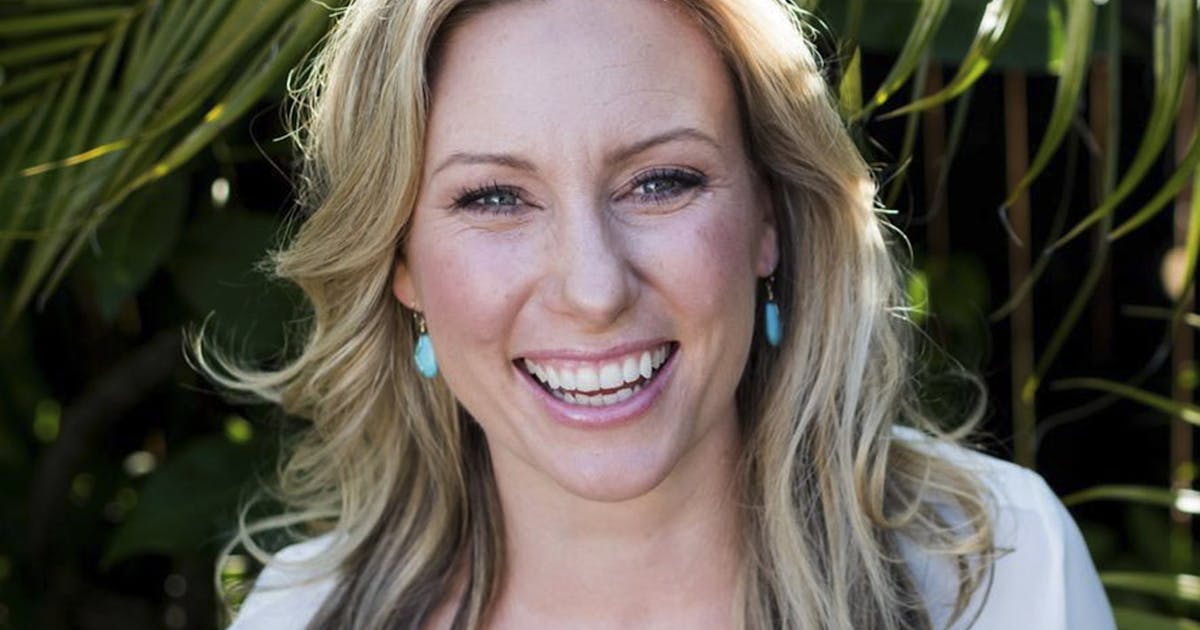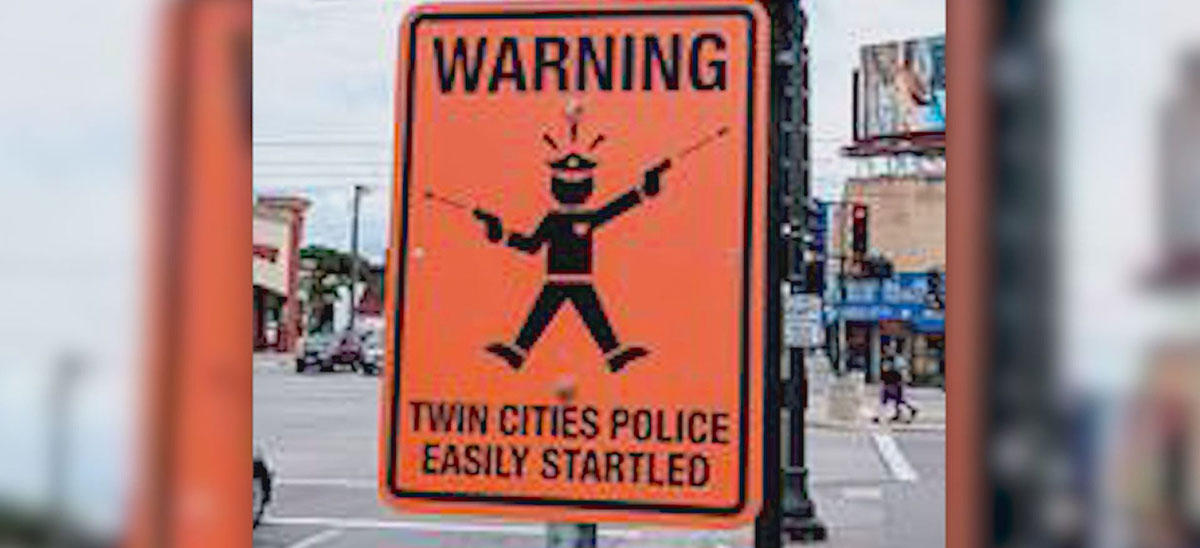Witness in Justine Damond shooting steps forward; source says part of encounter was filmed
A witness who was nearby when Justine Damond was fatally shot by a Minneapolis police officer has been located and is cooperating, according to state investigators.
The witness, who was seen bicycling east on W. 51st Street immediately before the shooting and who stopped and watched officers perform CPR “has been cooperative and provided an interview today,” according to a news release from the Minnesota Bureau of Criminal Apprehension.
A source with direct knowledge of the investigation said the witness filmed part of the encounter.
The agency asked anyone else who may have witnessed the Saturday night shooting to contact the BCA at 651-793-7000.
The BCA made a plea for the witness to come forward on Tuesday, after revealing preliminary evidence based on a four-hour interview with officer Matthew Harrity. Officer Mohamed Noor, who shot and killed Damond, still has not provided a statement to investigators, the BCA said.
“Officer Noor’s attorney has not provided any update about when, if ever, an interview would be possible,” the agency said. “Under the law, the BCA cannot compel the testimony of the officer.”
Noor’s attorney, Thomas Plunkett, has not responded to repeated requests for comment.
Damond, 40, a spiritual healer from Australia, was shot by Noor after police responded at 11:30 p.m. to a 911 call she made about a possible sexual assault in the alley behind her southwest Minneapolis home.
Harrity told Bureau of Criminal Apprehension investigators they were driving south through the alley between Washburn and Xerxes avenues S. with the squad lights turned off. At the moment they reached the end of the alley toward 51st Street he heard a “loud sound” and that Damond approached the driver’s side window of the squad car “immediately afterward.” Noor, who was in the passenger seat, fired past Harrity through the open driver’s side window, striking Damond in the abdomen. She died 20 minutes later.
The BCA said forensic testing continues while evidence is being examined, while the agency continues to brief Hennepin County Attorney Mike Freeman, whose office will make the decision on whether to charge Noor. The BCA noted that it is common for prosecutors to request follow-up information when reviewing a case.
No further updates are planned until the case is forwarded to the county attorney, the agency said.
Public data in the investigative file will be released when the case is closed.









Comment